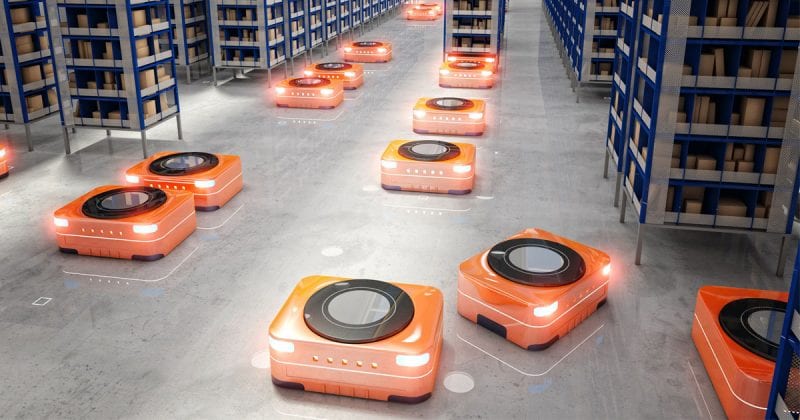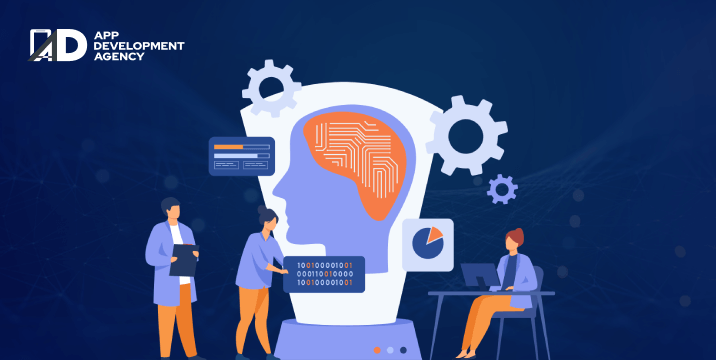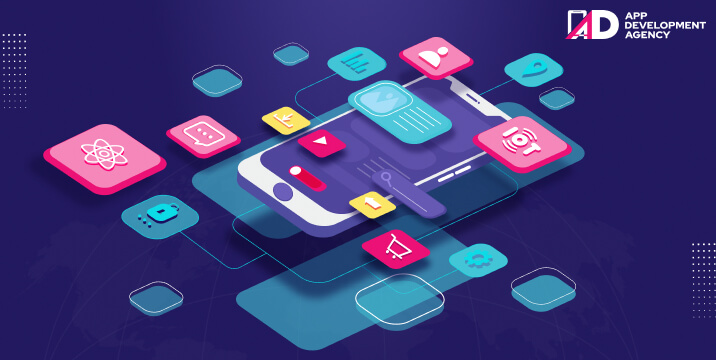The Artificial Intelligence industry is in frenzy. It is steadily advancing bringing on day-to-day revolutionary developments, threatening industry existentialism even if they uplift other people. This industry involves new technology acceleration, rapid industry consolidations, constant regulatory changes like GDBR, and impacts on the global market. In the countenance of the customer experience, the way courier drives ships, routes, and delivers parcels/products with agile speed is soon to be conventional.
Automated arms and machinery, drones, RFID systems, and vehicles are being increasingly used in managing warehouses, transferring inventories, and ordering shipments.

Artificial Intelligence in Logistics and Supply Chains involves (1) Planning with full transparency on execution through end-to-end margin optimization, risk-adjusted end-to-end margin optimization, (2) Procurement with full data integration with supplies and optimization of raw materials recipes based on forecasted process, (3) Production with agile production planning and scheduling, (4) Logistic and distribution with dynamic optimization of routing, freight controlling and vessel sharing reducing costs and environmental impact, (5) Marketing and sales with Accurate price and demand forecasts enabled by AI, and increased transparency and granularity on integrated margin by sale.
The transportation and Logistics (T&L) sector combines (1) Traffic and Transportation, (2) Storage and Warehousing, (3) Packaging, (4) Material Handling, (5) Inventory Forecasting, (6) Production Planning, (7) Purchasing, (8) Customer Service, (9) Site Location, and (10) Order Fulfillment in its day to day operations. But there are essentially two perspectives: To try and look beyond the human perspective and see the world from the logistics operations. The second is to develop ‘gentle robotics’ or technology for logistics that isn’t intrusive but which can bring us closer to automating the Logistic industry.
AI-enabled robots are involved in managing warehouses, transportation, and customer service; coordinating and monitoring supply chain operations. These utilize logistics IT to optimize shipping and transport procedures to ensure asset management on-premises.
AI has the potential to intensify demand forecasting, revolutionize transparency, and boost integrated business planning. According to ASCM’s Research, Innovation, Strategy Committee (RISC) Sensing Committee, industry 5.0 is going to impact supply chain functions in planning, demand management, and fulfillment. Machines provide valuable insights leading to significant transformation, and competitive advantage.
The choice of an operating model can sometimes mislead as they calibrate to risk exposure. Although companies succumb to intricate production networks, designed for efficiency, cost, and proximity to markets. Nowadays, disruptions are regular occurrences. It is not necessarily wireframes for transparency or resilience.
AI Development Companies develop applications that can be used for various purposes and offers tremendous value in logistics and supply chains dealing with managing inventories, distributing goods to warehouses, and controlling transportation routes in real-time.
AI Systems can manage big dispersed data at high speeds, which makes it perfect for optimization. AI in Logistic platforms offers real-time visibility and integrations with different carriers. It reduces transportation costs with better planning, manages the fleet with real-time visibility, and tracks shipments for retailers and customers.
Overall, it helps in better demand prediction, enhanced customer experience, efficient planning, and resource management, real-time route optimization, warehouse automation, sales, and marketing optimization, product inspection, back-office automation, better demand prediction, enhanced customer experience, efficient planning and resource management, real-time route optimization, warehouse automation, sales, and marketing optimization, product inspection, back-office automation with billing, scheduling, email processing, and workforce management.

Healthcare industry is stepping up by the day with every new advancements in E-consultations, real-time diagnosis, telemedicine, AI enabled robot systems to do routine unskilled tasks, accessing digital therapeutics provided by immersion technology tools. Healthcare industry data flows from operations to analysis. It eventually has to abide by a structure to store critical information about …
Continue reading “How Does Healthcare Intersect with Cloud Computing in 2023?”
Read More
Instagram suggests reels based on what you’ve watched before, but how does it decide what to suggest? Using machine learning algorithms, Instagram determines which reels a user should engage with based on which reels they have interacted with previously and whether they have been in contact with the creators. Machine learning (ML) is the branch …
Read More
JavaScript frameworks like React, Angular, Vue, Svelte and JS templating engines like Template 7, Squirrelly, JSRender, Jade Language, Marko, Hogan, Webix, Pug, Underscore, Nunjucks, EJS, doT, Handlebars, and Mustache offer simple templates to give developers a starting point and let them go over that first bump of getting something, anything in the browser. Once that …
Continue reading “ReactJS for IoT Apps in 2023 and Beyond”
Read More